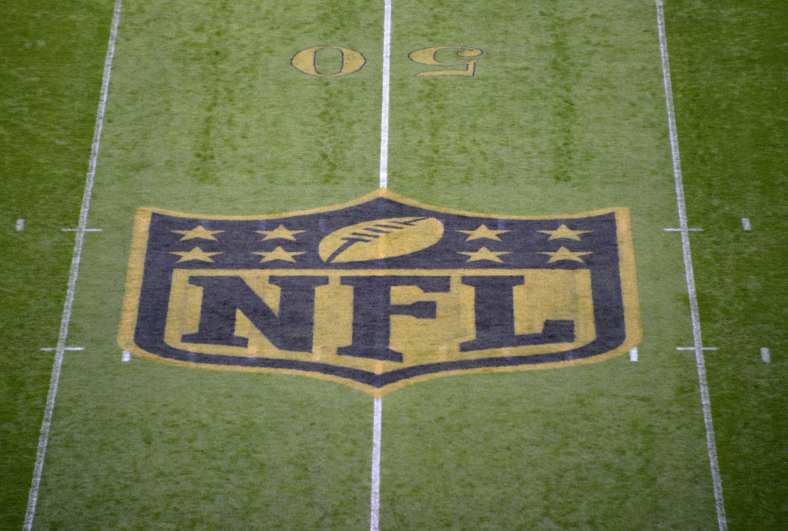
As another 300-plus college kids prepare to enter the ranks of the National Football League in this month’s draft, the backdrop of what is usually a festive annual event has to be the unusually large number of young players stepping away from the game.
We have seen it with the likes of Calvin Johnson, Patrick Willis, Jake Locker and D’Brickashaw Ferguson, among many others, over the past two offseasons.
One of the primary reasons for these early retirements is the unwillingness of players to risk their long-term health to play a game.
They are already millionaires. Some of them were the minute they signed their first NFL contract. Why risk long-term brain trauma just to add a few stacks to an already large pile of cash?
It’s an issue the NFL is going to have to deal with over the short-term if it doesn’t want to continue losing star players in the prime of their careers.
A new study by the American Academy of Neurology is yet another warning shot thrown the league’s way. Unfortunately, this study has real-life victims and a human element that’s much more important than the game itself.
Of the 40 different former NFL players studied by the academy, more than 40 percent (more than 16) showed some signs of traumatic brain injury (TBI).
There’s an important distinction to make here. TBI is not the primary focal point of those who are studying head trauma around the football world.
Instead, the focus has been on Chronic traumatic encephalopathy (CTE).
These are two different afflictions under the same umbrella. Though, CTE is by far more severe and has been found in the brains of multiple former NFL players that have committed suicide.
Dr. Francis X. Conidi, who authored the study, had this to say about its findings (via Science Daily):
“This is one of the largest studies to date in living retired NFL players and one of the first to demonstrate significant objective evidence for traumatic brain injury in these former players. The rate of traumatic brain injury was significantly higher in the players than that found in the general population.”
According to Conidi, the players tested averaged 8.1 concussions during their careers. Their ages ranged from 27 to 56 with a majority of the players having been out of the league for five-plus years.
As these studies come out and continue to paint football as a dangerous sport, there’s going to be very little for the NFL to do in terms of plausible deniability.
We already have a much better understanding of the long-term effects of continued hits to the head. And if common sense wasn’t going to prevail, maybe science itself will.
While we continue to be up in arms over the issue the NFL has had in the past in terms of recognizing the long-term impact of playing football, the league itself has finally started to realize this is an issue that’s not going to go away.
The larger problem moving forward is whether the league itself can do something to change this horrific trend. That’s when something will progress at a clip that will make skeptics happy.
Until then, the NFL will continue to find itself placed under a microscope with every new report that comes out from the scientific field.
Four in 10 is a stunning number.